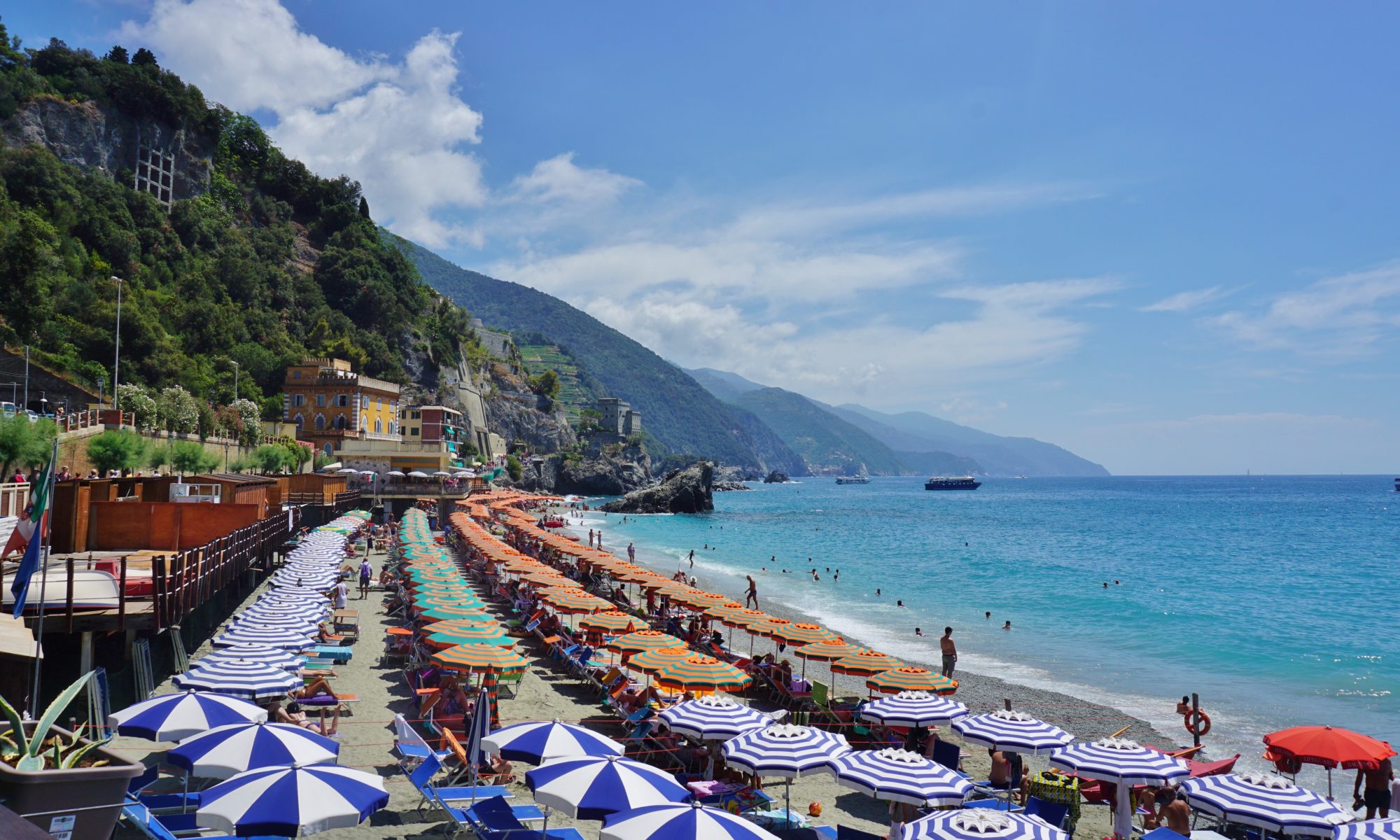Porto is Portugal’s second biggest metropolitan area after Lisbon, a dynamic city in Northern Portugal famed for it’s production of fortified wine. Porto is edge and sophistication all at once with its colourful apartment blocks and stunning Douro River vistas, best enjoyed with a glass of port in hand.

Porto is just a 2.5hr flight from London. We chose to fly with Ryanair from London Stansted but EasyJet, British Airways and TAP Air Portugal are other airlines to compare. Remember to factor in the cost of getting to the airport, as well as the airfare as sometimes the train can cost just as much. Once you reach Porto Airport you can simply catch the Porto Metro into the city.

Porto is worth spending at least 2 days in, which means it is perfect for a weekend trip. You can visit year round but it’s worth considering the shoulder seasons – Autumn (September-November) and Spring (March-May) to get the best value for money. The temperature hovers around 20 degrees throughout these months though Spring is a little less wet than Autumn. However if you are looking to add some beach days on to your trip its worth sticking to the traditional summer months (June-August) to ensure fine weather and high temperatures.

In terms of accommodation we would highly recommend this cosy airbnb studio we found on Rua Das Flores. It is located in the epicentre of most of the major sites and provided everything we needed (plus free port to try!) Rua das Flores is also home to some really unique souvenir shops such as Toranja. When it comes to eating out you can’t go past Nut’ (a restaurant that serves anything and everything with Nutella!) and the World Needs Nata where you can try the famous Pasteis de Nata among other Portuguese specialities.

Pro tip: to see the sights in Porto you are honestly best just to turn off google maps and wander, there is so many colourful and interesting things to see in a relatively small radius.
As in many catholic countries the churches are worth ogling- particularly those covered in azulejos tilework like Igreja de Santo Antonio dos Congregados and Igreja do Carmo. You can also climb the 225 steps of the Torre dos Clerigos for 360 degree views over the whole city.

A couple of other spots not to miss are the squares and parks – Liberdade Square with the Town Hall, Praca de Carlos Alberto with its colourful apartment blocks, Jardim do Infante Dom Henrique with the Bolsa Palace and Ribiera Square, a bustling touristy square beside the Douro River.

Jardim do Infante Dom Henrique
You’ll also want to pay a visit to Livraria Lello, a bookshop famed for it’s incredible architecture and winding staircases. It’s very Harry Potter like. You have to buy a ticket to get in but as a bonus you get a complimentary voucher to use in the shop. As you can see it gets pretty busy inside so you may want to think about going early in the morning.


From Ribiera Square head along the waterfront to the Ponte Luis I, an iconic arched bridge that links Porto to Vila Novo de Gaia (often simply referred to as Gaia.) Gaia is where you’ll find all the port shipping companies who offer tastings as well as the best vantage points for views of Porto itself.

Did you know? Port is a fortified Portuguese wine made from grapes grown exclusively in the Douro Valley. The wine’s name comes the city itself because seeing it is located at the head of the Douro River, Port has always been shipped from Porto.
When it comes to port tasting you’ll be spoilt for choice as there is one to suit every price range. Traditionally British shippers have been heavily involved in the port trade as reflected in some of the port house names on top of the buildings in Gaia such as Sandeman and Taylor’s.

You can do really ‘touristy’ tours of some of the big cellars complete with audio guides but that that’s not really our style! Instead we went for a more intimate sit down tasting at Quinta do Noval – a vineyard who produce their own wine. Our server was really great at telling us all about the different types of port and answering all our questions about its production. We enjoyed the port so much we decided to get some more around the corner at A Copo, a tapas bar who mainly stock Niepoort.

If you’re anything like me you may have tried port before and not particularly liked it – that’s possibly because the style of port that is most common in Anglo-Saxon countries is aged ‘Tawny’ port which has a distinct oak taste and a dark amber colour. Trying plenty of Port in Porto really opened my eyes to the other port varieties- such as white port and my favourite – the fruitier Ruby style of port.

So there you have it, the ultimate guide to Porto (and port tasting!)
Cheers, or, as the Portuguese say, “Saúde!”
Travelling elsewhere in Europe or looking for other Mini-Break destinations?

